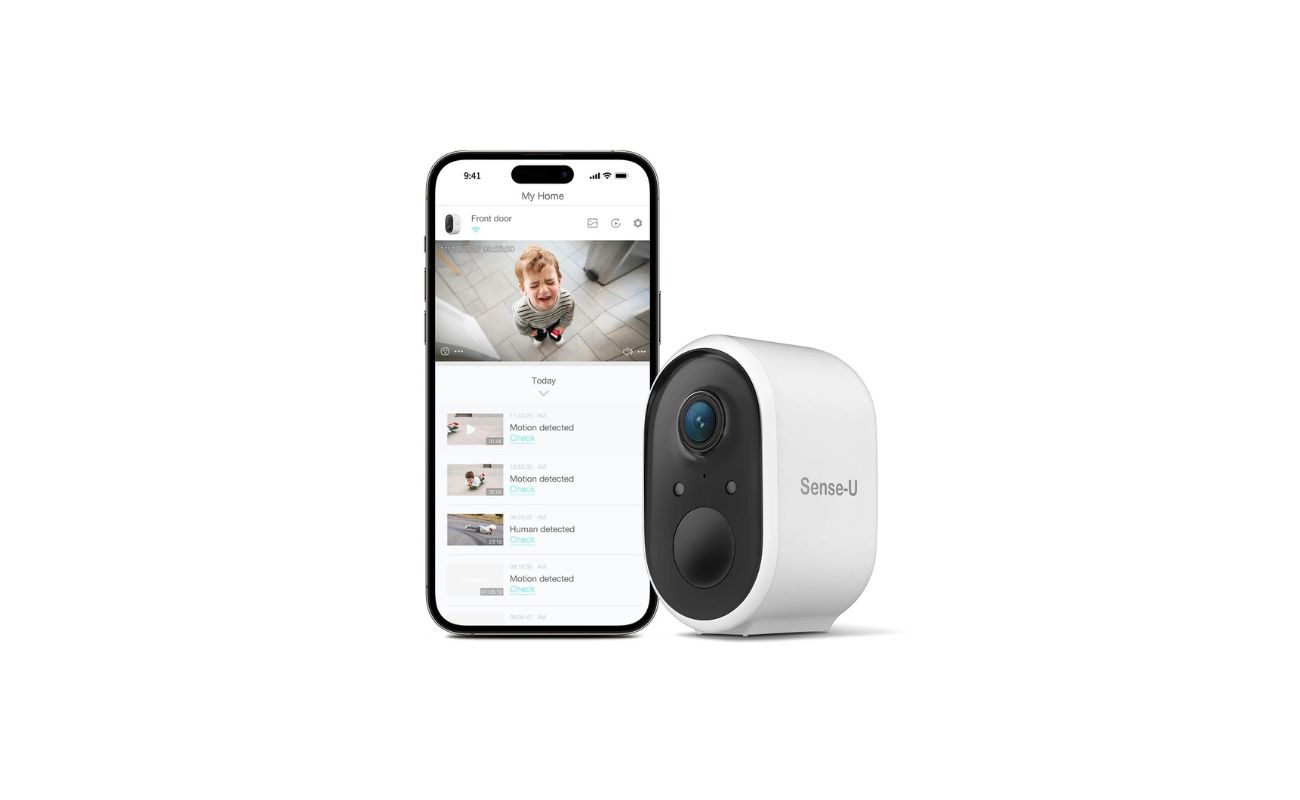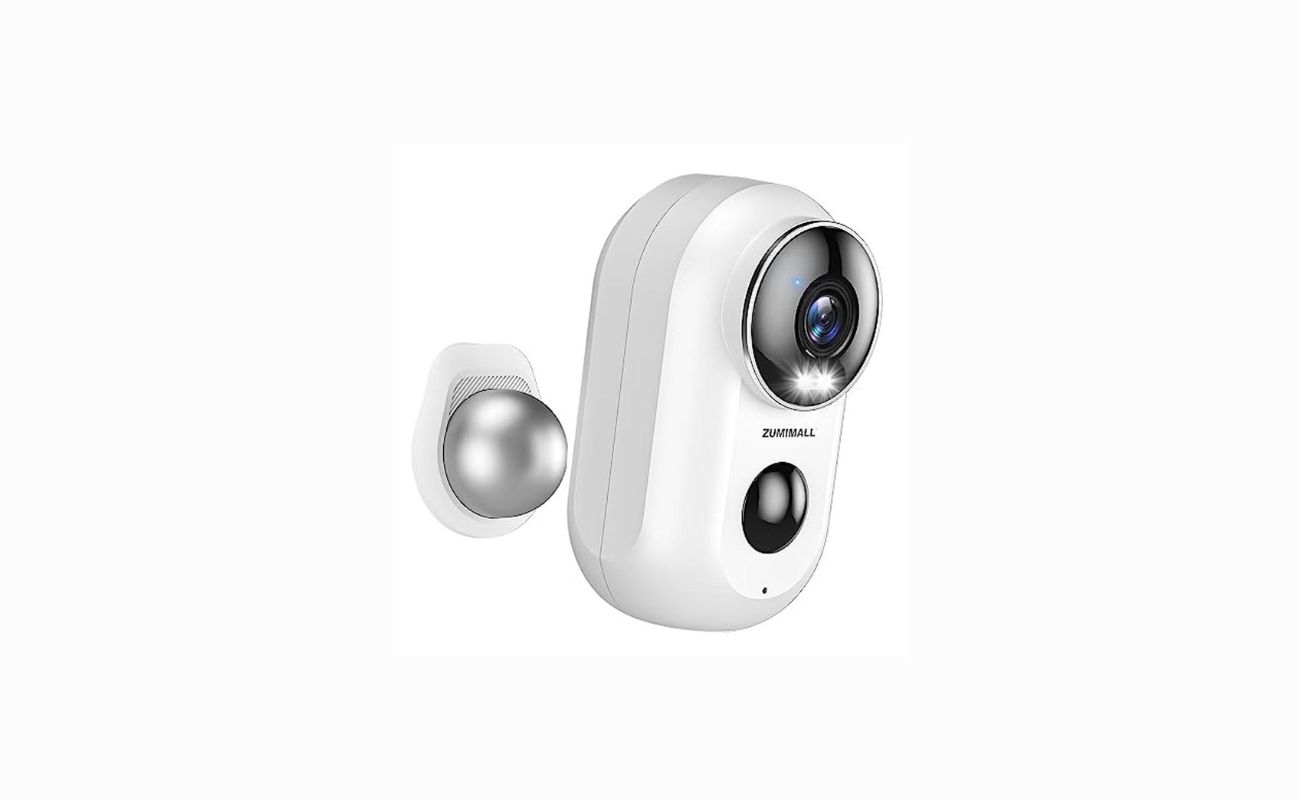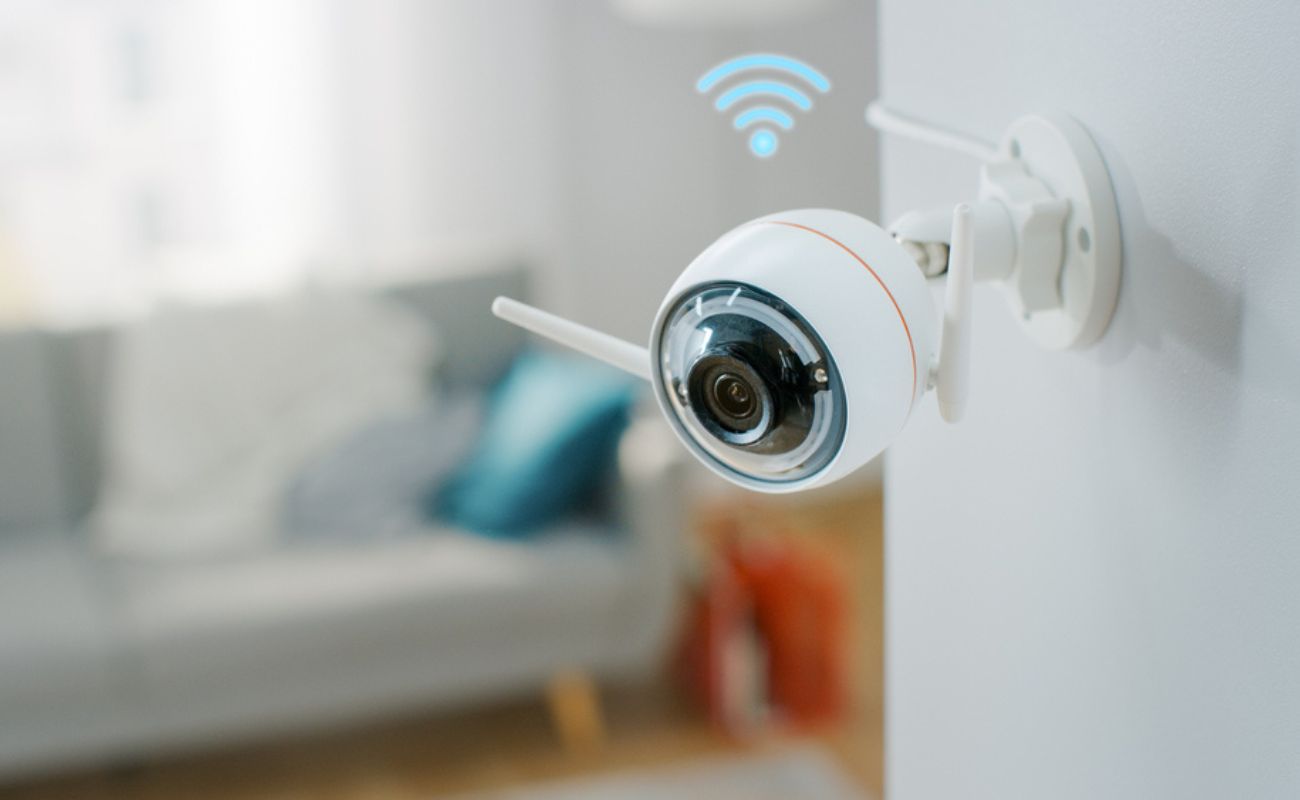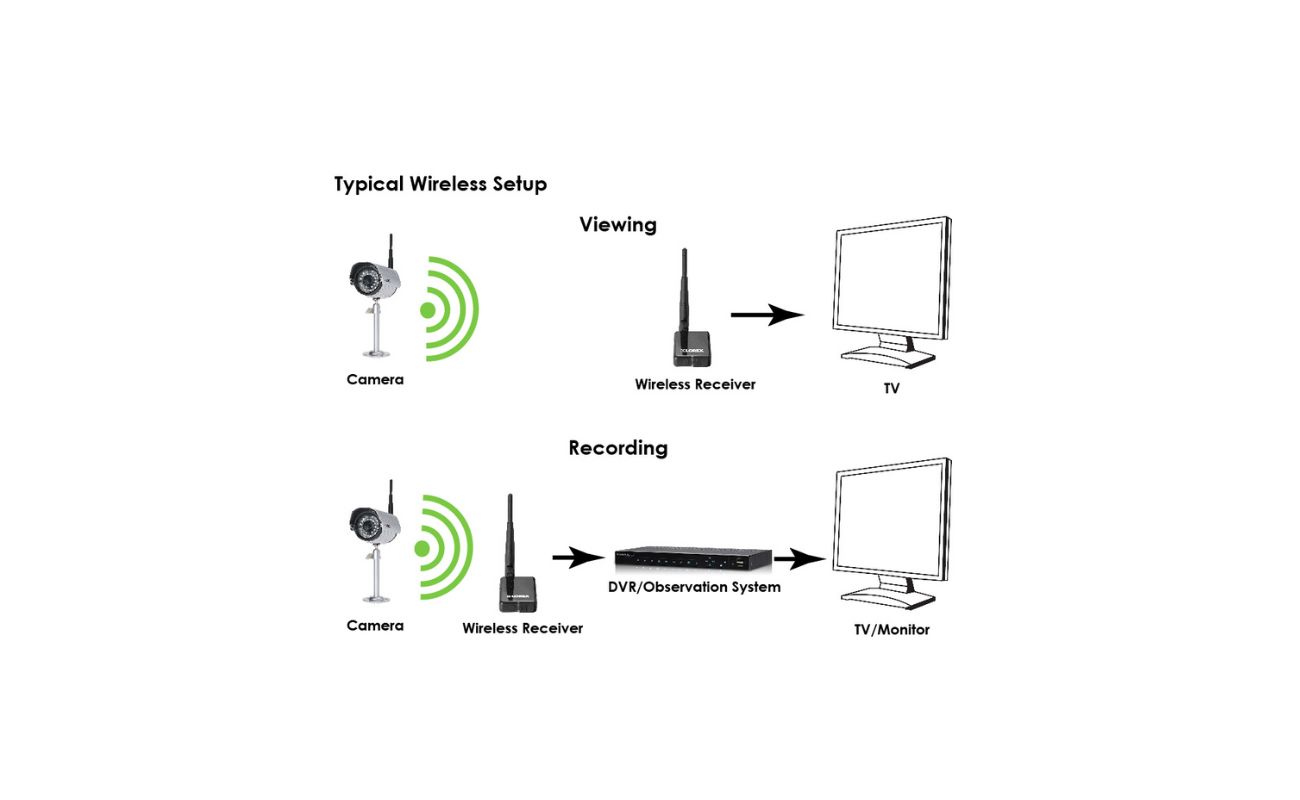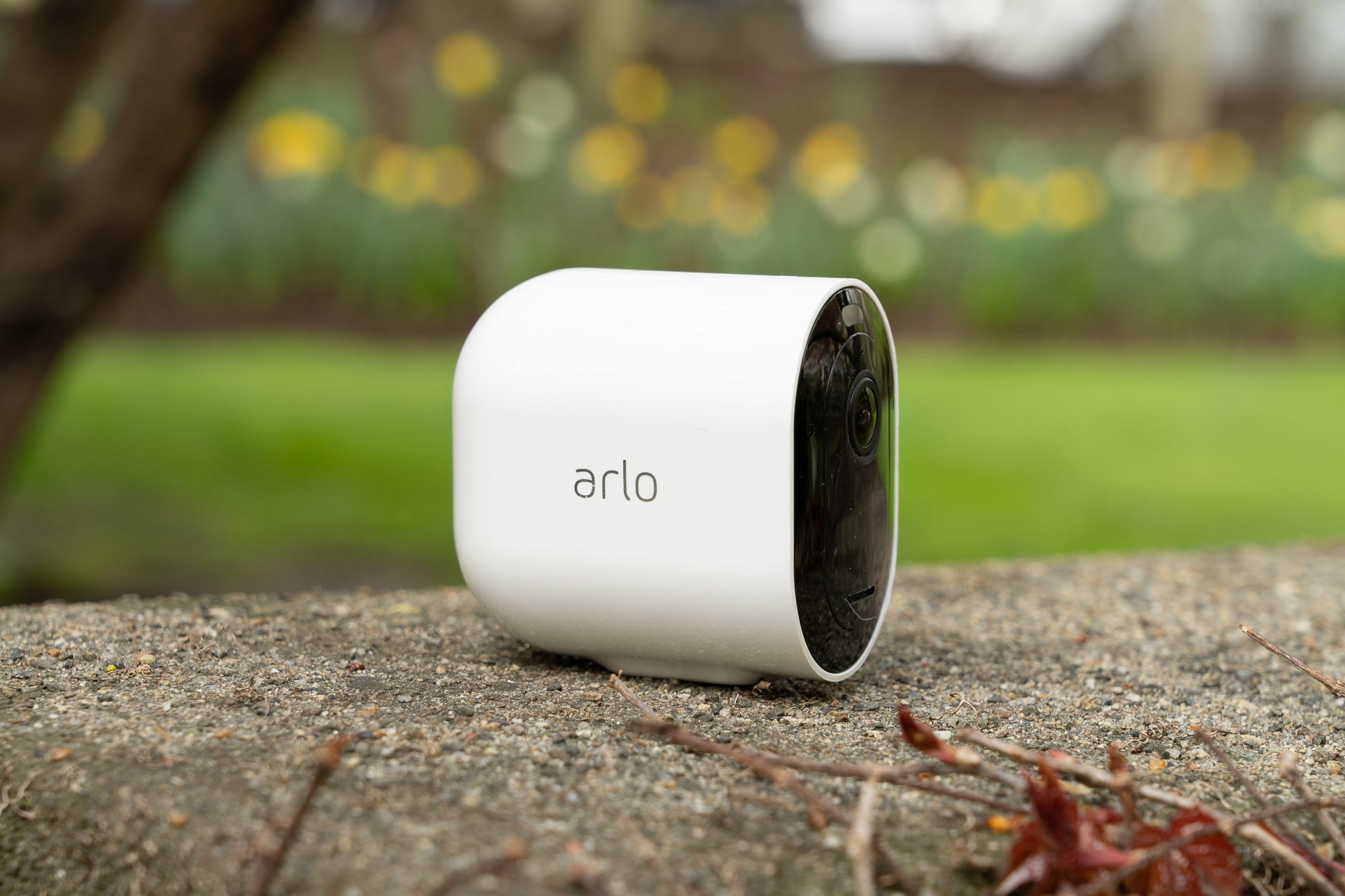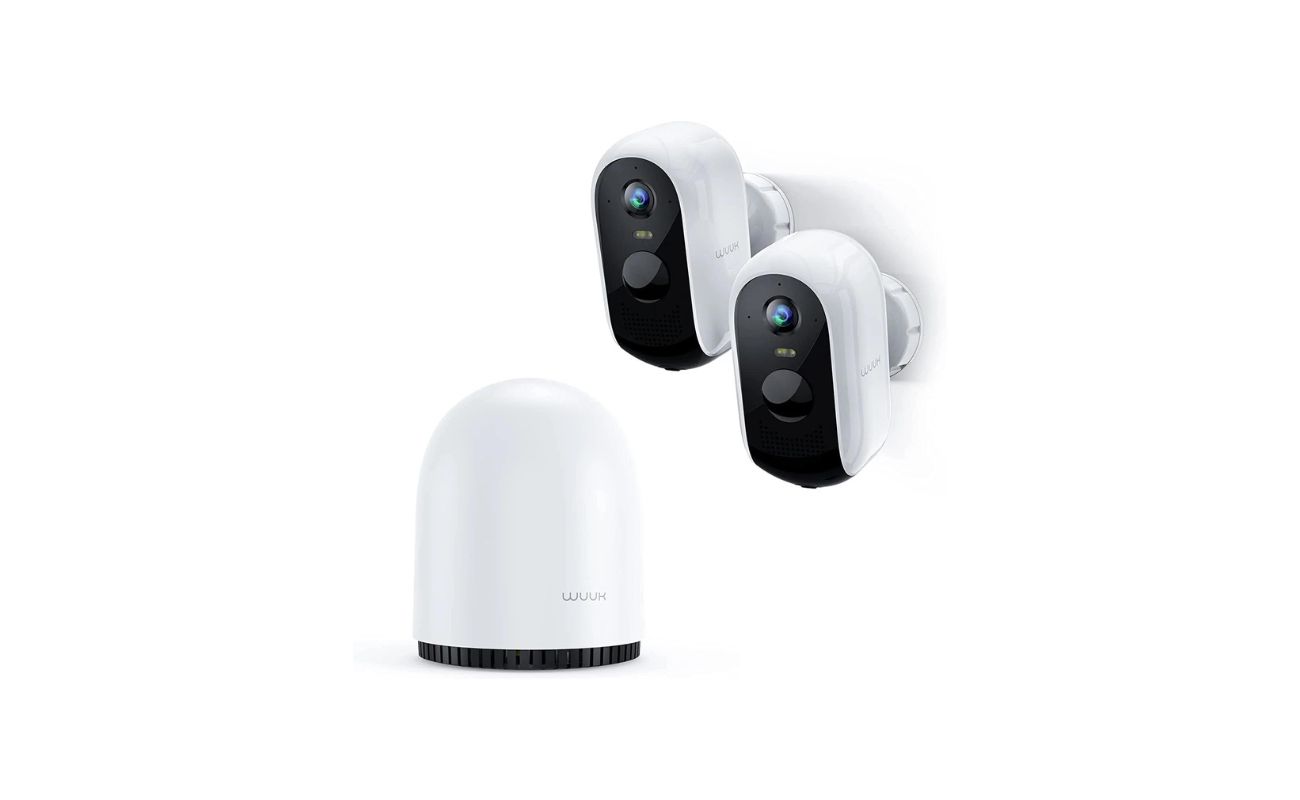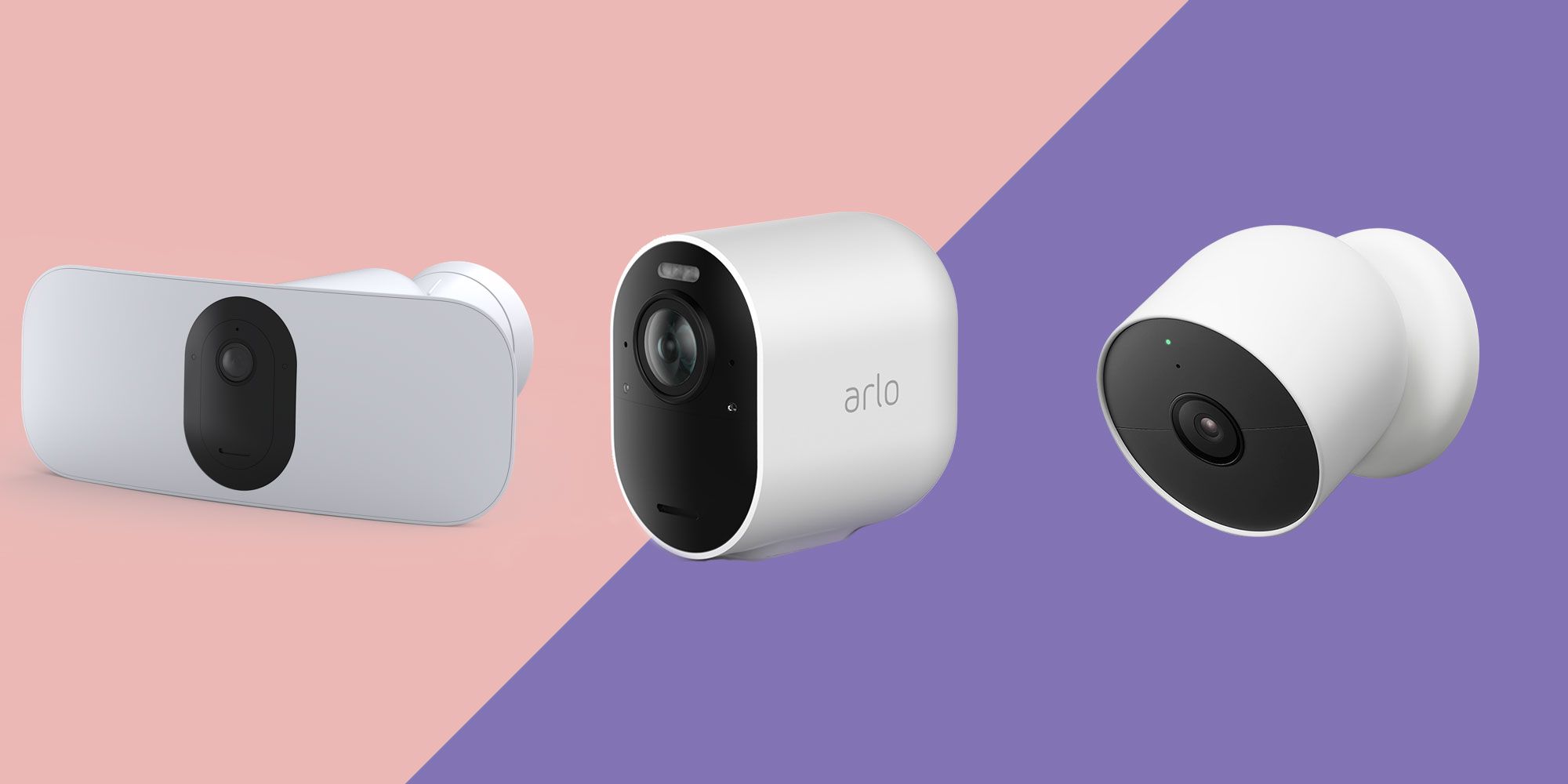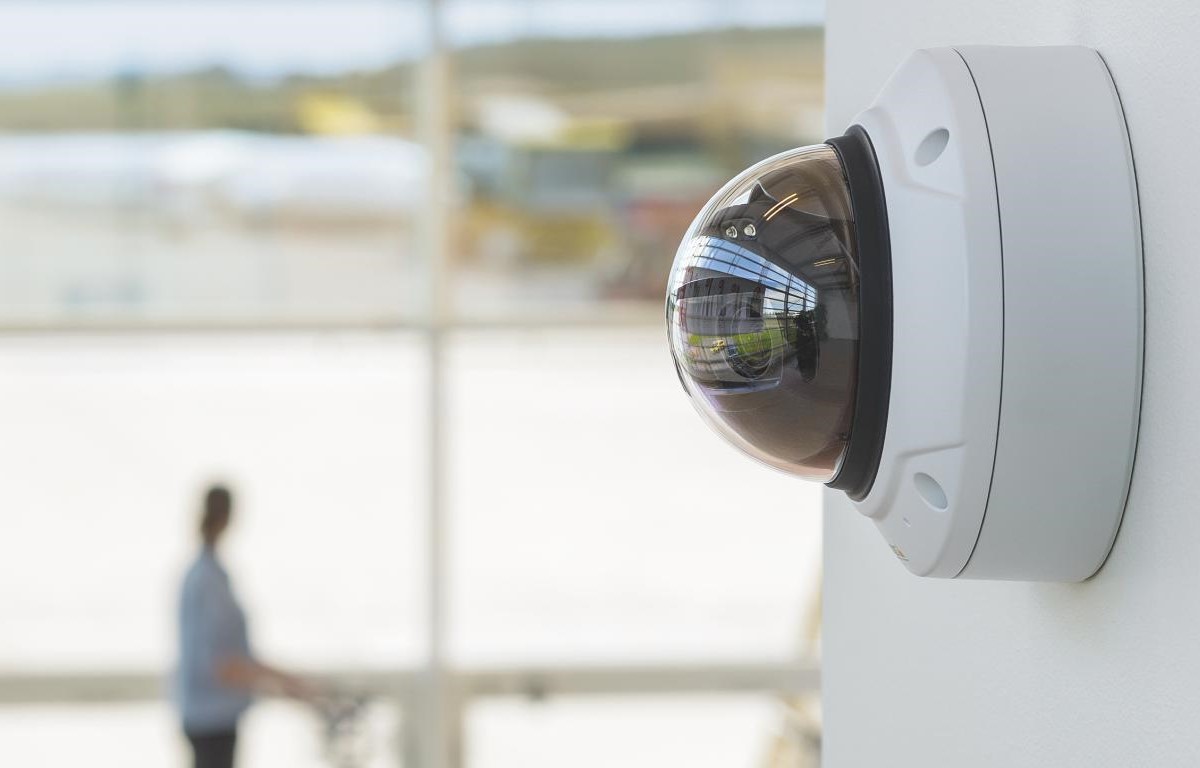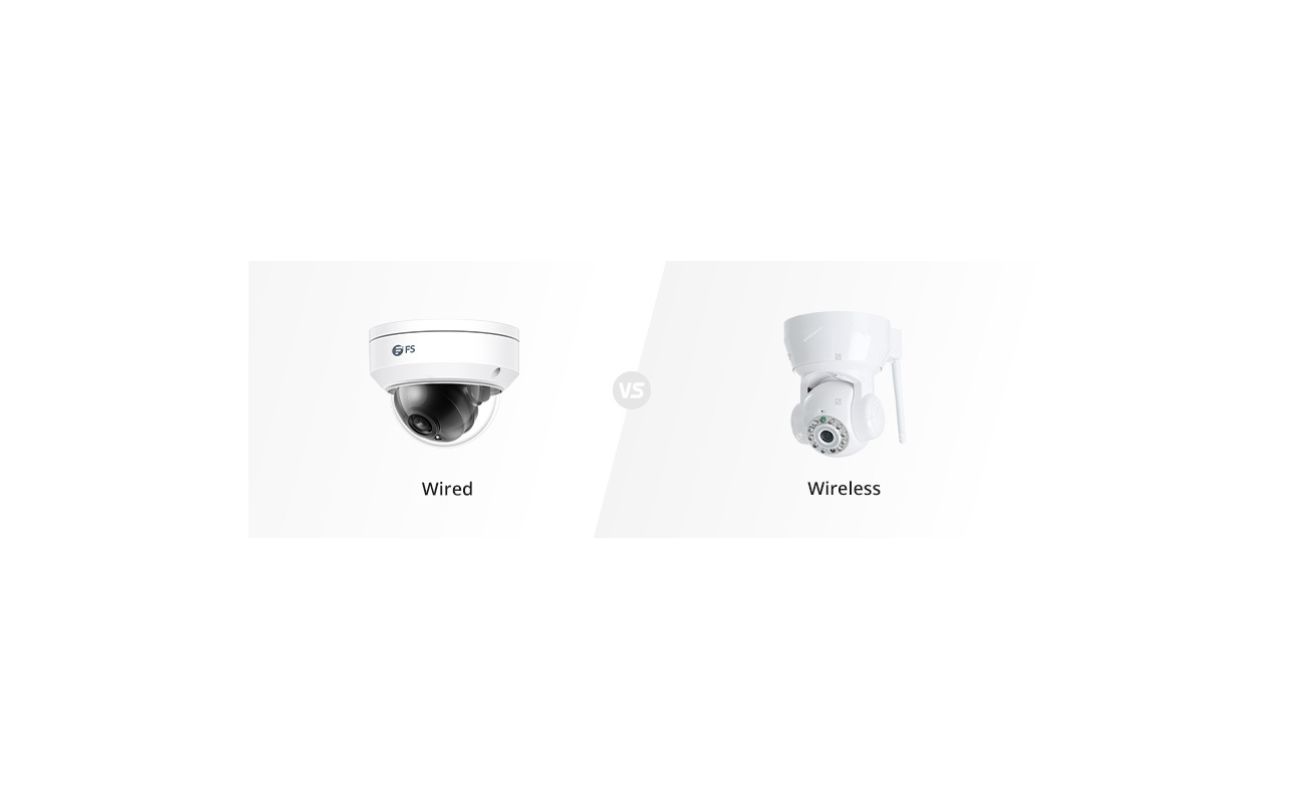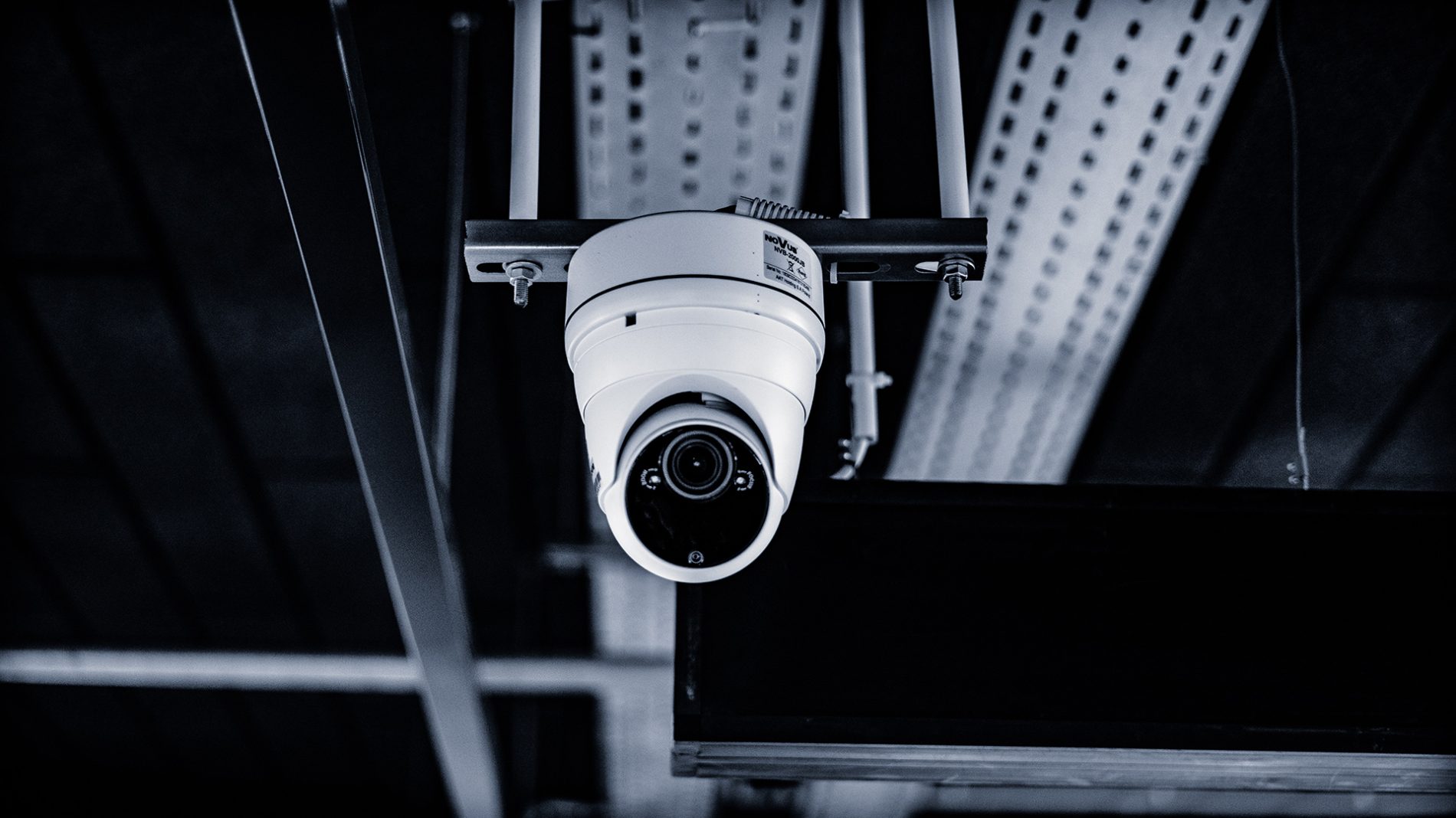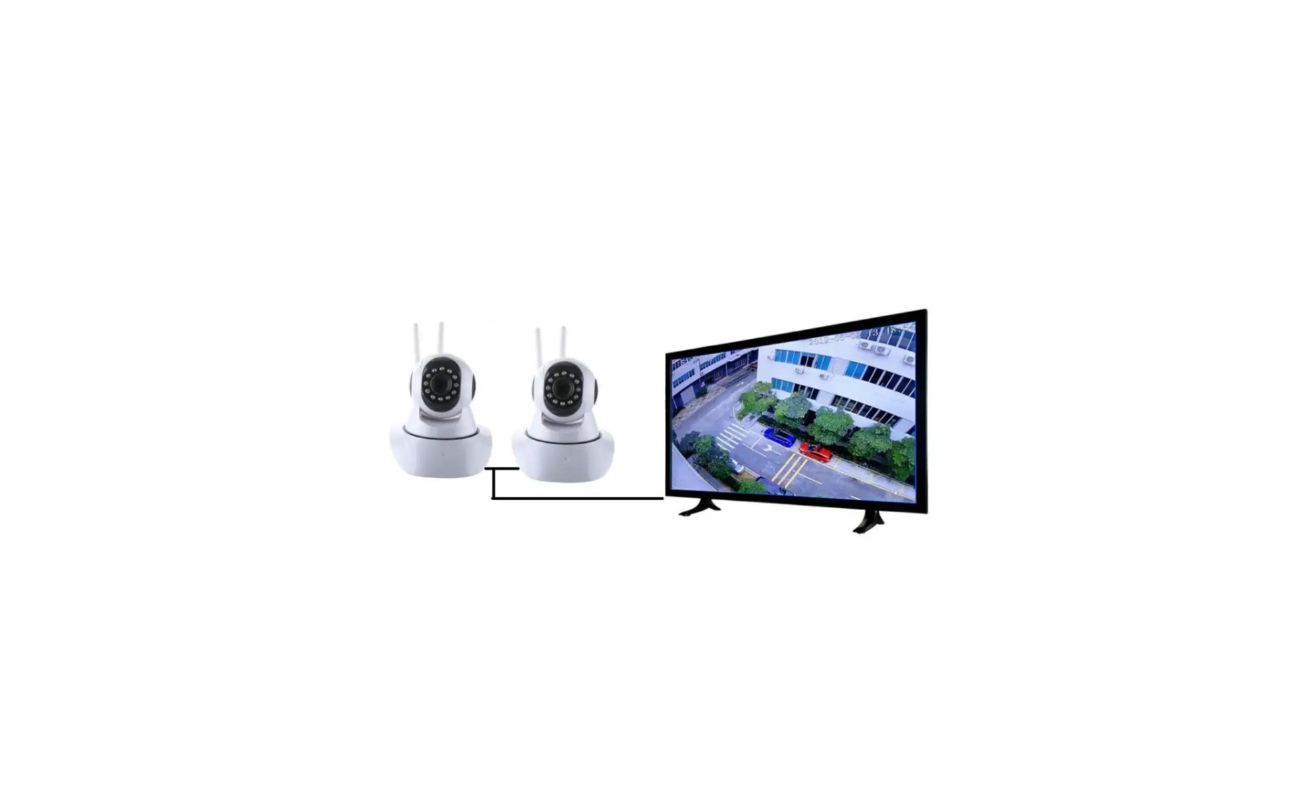Home>Home Security and Surveillance>How To Find Wireless Security Camera?
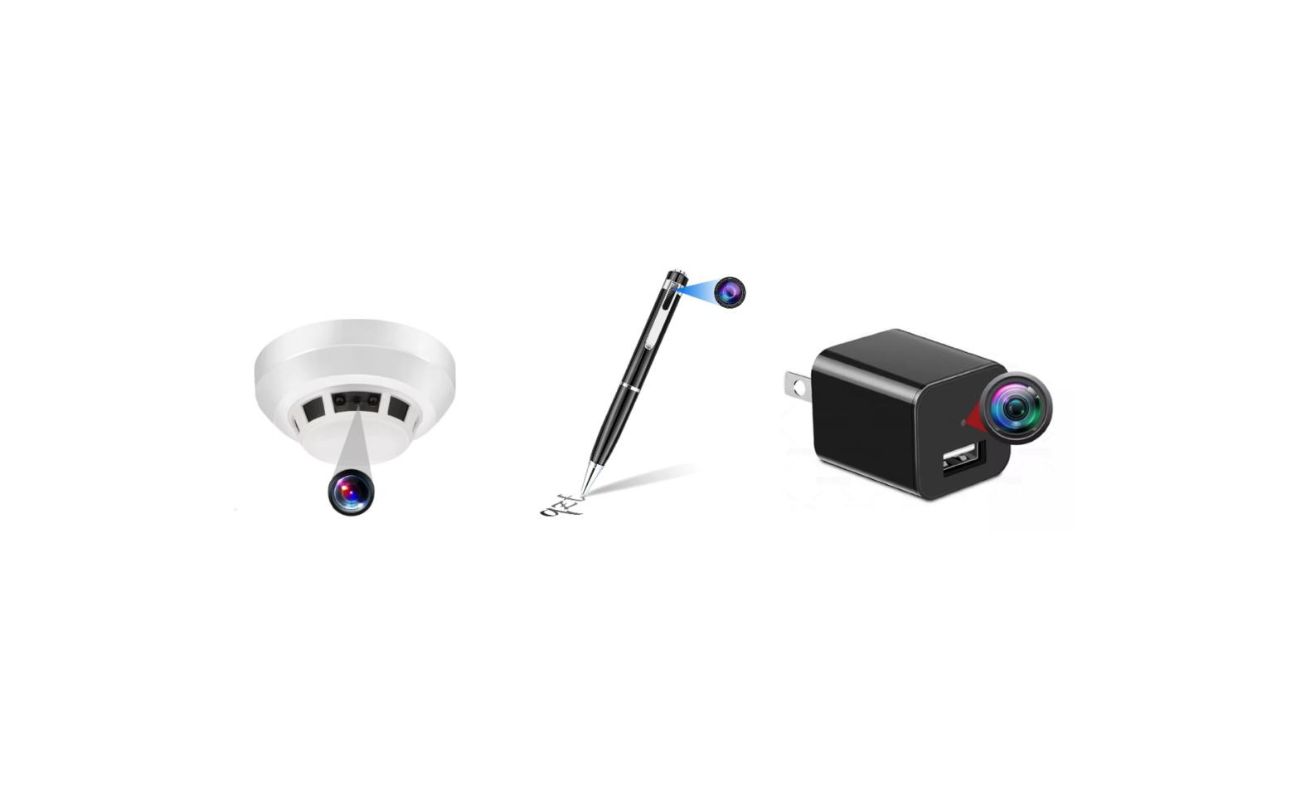

Home Security and Surveillance
How To Find Wireless Security Camera?
Modified: March 6, 2024
Looking for a wireless security camera? Discover a comprehensive guide on how to find the perfect home security and surveillance system to protect your property.
(Many of the links in this article redirect to a specific reviewed product. Your purchase of these products through affiliate links helps to generate commission for Storables.com, at no extra cost. Learn more)
Introduction
Welcome to the world of wireless security cameras! In today’s digital age, it has become increasingly important to protect our homes and loved ones. With advances in technology, wireless security cameras have become a popular choice for homeowners looking for an effective and convenient home surveillance solution.
Wireless security cameras offer numerous benefits over traditional wired systems. They provide flexibility in terms of placement, easy installation, and the ability to monitor your property remotely. Whether you want to keep an eye on your children, deter potential burglars, or monitor your pets, wireless security cameras have got you covered.
However, with so many options available on the market, finding the right wireless security camera for your needs can be a daunting task. That’s where we come in. In this article, we will guide you through the process of finding the perfect wireless security camera for your home. By following these steps, you will be well-equipped to make an informed decision and ensure the safety and security of your property.
Key Takeaways:
- Choosing the right wireless security camera involves understanding your needs, researching different types, considering features, and ensuring compatibility. It’s like finding the perfect tool to keep your home safe and secure.
- After purchasing a wireless security camera, it’s important to test and adjust its settings for optimal performance. Think of it as customizing your camera to work just the way you want it to.
Read more: How To Find Your Wireless Security Key
Step 1: Determine Your Needs
Before diving into the world of wireless security cameras, it’s crucial to determine your specific needs and requirements. Ask yourself what you want to achieve with a security camera system. Are you looking to monitor the exterior of your home, or do you need cameras for indoor surveillance as well?
Consider the areas you want to cover and the level of detail you require. For example, if you want to monitor a large backyard or driveway, you may need cameras with a wide field of view and zoom capabilities. On the other hand, if you want to keep an eye on a specific area, like the front door or baby’s room, a camera with a narrower field of view may suffice.
Another factor to consider is whether you want cameras for continuous monitoring or just for specific events. Some cameras offer motion detection and send alerts to your smartphone when activity is detected. This can be useful for monitoring your home while you’re away or receiving notifications when someone approaches your property.
Additionally, consider your budget for the wireless security camera system. Determine how much you are willing to spend and prioritize features that are essential to you. This will help narrow down your options and prevent you from overspending on unnecessary features.
By understanding your specific needs, you can choose a wireless security camera system tailored to your requirements, making the selection process much easier.
Step 2: Research Different Types of Wireless Security Cameras
With a multitude of options available, it’s important to familiarize yourself with the different types of wireless security cameras on the market. Understanding the various types will enable you to choose the one that best meets your needs.
Here are some common types of wireless security cameras:
- Indoor Cameras: These cameras are designed for indoor use and are typically used for monitoring specific areas within your home, such as living rooms, bedrooms, or nurseries. They are usually small and discreet, blending seamlessly with your home décor.
- Outdoor Cameras: Outdoor security cameras are specifically built to withstand outdoor conditions, such as rain, snow, and extreme temperatures. They provide surveillance of the exterior of your home and are essential for monitoring entry points, driveways, and gardens.
- PTZ Cameras: PTZ stands for Pan-Tilt-Zoom. These cameras offer the ability to pan (move horizontally), tilt (move vertically), and zoom in on specific areas. They are ideal for monitoring large areas or for tracking movement across a wide field of view.
- Wire-Free Cameras: Wire-free cameras, also known as battery-powered cameras, are highly flexible and easy to install. They do not require a power source or wired connection, making them an excellent choice for areas where running cables is challenging or impractical.
- Hidden Cameras: Hidden cameras, also called covert cameras, are designed to be discreetly concealed within everyday objects or home fixtures. They provide covert surveillance while remaining unnoticed by intruders.
By researching and understanding the different types of wireless security cameras, you can choose the one that best fits your specific needs and preferences. Consider factors such as the location of installation, desired features, and the level of surveillance required for each area of your home.
Step 3: Consider the Camera’s Features and Specifications
Now that you have an idea of the type of wireless security camera you need, it’s time to delve into the features and specifications offered by different models. These features can greatly enhance the functionality and performance of your security camera system.
Here are some key features to consider:
- Resolution: The resolution of the camera determines the level of detail captured in the footage. Higher resolutions, such as 1080p or even 4K, will provide clearer and more defined images. However, higher resolution cameras may also require more storage space.
- Night Vision: If you want your security cameras to be effective at night or in low-light conditions, look for models with infrared (IR) LEDs for night vision capabilities. This will ensure that the camera can capture clear images even when it’s dark.
- Two-Way Audio: Some wireless security cameras offer two-way audio capabilities, allowing you to communicate with someone on the other end. This feature can be useful for remotely talking to family members, visitors, or even deterring potential intruders.
- Motion Detection: Motion detection allows the camera to detect movement in its field of view. This feature can trigger recording, send alerts to your smartphone, or activate other actions, such as turning on lights. It can be a valuable tool to monitor your property and be alerted to any suspicious activity.
- Cloud Storage or Local Storage: Consider how you want to store your footage. Some cameras offer cloud storage options, where you can store and access your recordings remotely. Others may have local storage options through SD cards or network-attached storage (NAS) devices.
- Integration with Smart Home Systems: If you already have a smart home system in place, check if the camera is compatible with it. Integration with popular smart home platforms like Amazon Alexa or Google Assistant can allow you to control the camera with voice commands or incorporate it into automated routines.
Take the time to carefully evaluate the features and specifications of different wireless security camera models. Consider which features are essential to you and align with your specific needs and preferences. This will help you narrow down your options and make an informed decision.
Step 4: Check for Compatibility with Your Existing Devices
When selecting a wireless security camera, it’s crucial to ensure that it is compatible with your existing devices and technology ecosystem. Before making a purchase, consider the following compatibility factors:
- Wi-Fi Connectivity: Check if the camera supports the Wi-Fi standards used in your home. Most wireless security cameras are compatible with the standard 2.4GHz Wi-Fi band, but some advanced models support the faster 5GHz band as well.
- Smartphone Compatibility: Determine if the camera’s companion app is compatible with your smartphone or tablet’s operating system. Whether you’re on iOS or Android, make sure the app is available for download and can be used with your specific device.
- Smart Home Integration: If you have a smart home hub or other smart devices, ensure that the camera is compatible with your existing system. This will allow you to seamlessly integrate the camera into your smart home ecosystem and control it through a central interface.
- Cloud Storage Options: If you plan on using cloud storage for your camera footage, check if the camera is compatible with the cloud storage service provider you prefer. Some cameras may have their own cloud storage options, while others may integrate with popular services like Google Drive or Dropbox.
- Existing Security System: If you have an existing security system, such as an alarm system or video doorbell, verify if the wireless security camera can integrate with it. This will allow you to have a comprehensive security solution that works together seamlessly.
By ensuring compatibility with your existing devices and technology, you can save yourself from potential headaches and frustrations down the line. It’s important to have a wireless security camera that easily integrates with your home setup for a smooth user experience.
Read more: How To Connect Wireless Security Cameras?
Step 5: Read Reviews and Compare Prices
Once you have narrowed down your options based on your needs, features, and compatibility, it’s time to dive into reading reviews and comparing prices. This step will help you gather insights from real users and make an informed decision based on their experiences.
Start by researching online platforms, such as technology websites, online retailers, and customer review websites, for reviews on the wireless security cameras you are considering. Look for feedback on the camera’s performance, reliability, ease of use, and customer support. Pay attention to both positive and negative reviews to get a balanced perspective.
Consider the following factors while reading reviews:
- Image and Video Quality: Assess the quality of the footage captured by the camera. Look for reviews that mention the clarity, sharpness, and accuracy of the images and videos.
- Ease of Installation: Check if users found the installation process simple and straightforward. Consider the level of technical expertise needed to set up the camera.
- Reliability and Performance: Evaluate the camera’s overall reliability and performance. Look for feedback on connectivity, performance in different weather conditions, and any issues users may have encountered.
- Mobile App Experience: Consider users’ experiences with the mobile app that accompanies the camera. Look for feedback on the user interface, ease of use, and functionality.
- Customer Support: Find out how responsive and helpful the manufacturer’s customer support is. Look for reviews that mention the company’s willingness to address and resolve customer issues.
In addition to reading reviews, compare prices from different retailers or online marketplaces. Take into account any additional accessories or features included in the package, warranties, and shipping costs. Consider if any retailers are offering discounts or promotions that can help you save some money.
By thoroughly researching reviews and comparing prices, you can gain valuable insights and make an informed decision before making your purchase.
When looking for a wireless security camera, make sure to consider the camera’s resolution, night vision capabilities, motion detection, and whether it can be accessed remotely through a smartphone app.
Step 6: Look for Reliable Retailers or Online Stores
After gathering information about different wireless security cameras and comparing prices, it’s essential to find a reliable retailer or online store from which to make your purchase. Choosing a reputable seller ensures that you receive a genuine product, good customer service, and any necessary after-sales support.
Here are some factors to consider when selecting a retailer:
- Reputation: Look for retailers with a solid reputation in the industry. Check customer reviews and ratings to gauge their reliability and trustworthiness.
- Return Policy: Ensure that the retailer has a clear return policy in case you encounter any issues with the product. This will give you peace of mind and protection in case you need to return or exchange the item.
- Warranty: Verify if the retailer offers a warranty for the wireless security camera. A warranty can provide coverage for any defects or malfunctions that may occur within a specific period of time.
- Customer Support: Determine the level of customer support offered by the retailer. Ideally, they should be responsive, knowledgeable, and able to assist you with any questions or concerns about the product.
- Shipping and Delivery: Consider the retailer’s shipping options, delivery times, and associated costs. Look for retailers that offer reliable shipping services, tracking information, and reasonable delivery timeframes.
It’s also important to be cautious of counterfeit products or fraudulent sellers. Stick to reputable retailers or trusted online marketplaces to minimize the risk of purchasing a fake or substandard camera.
Take your time to research and choose a reliable retailer that meets your requirements. This will ensure a smooth and satisfactory shopping experience, allowing you to purchase your wireless security camera with confidence.
Step 7: Consider Professional Installation or DIY Setup
When it comes to setting up your wireless security camera system, you have the option of either hiring professionals for installation or taking the DIY route. Both approaches have their pros and cons, and it’s important to consider your comfort level and technical skills before making a decision.
Here are some points to consider:
- Professional Installation: Hiring professionals to install your wireless security cameras ensures a hassle-free and expertly executed setup. They have the experience and knowledge to properly position the cameras, run cables if needed, and optimize the system for optimal performance. This option is ideal if you prefer a hands-off approach or if you have a complex system with multiple cameras.
- DIY Setup: If you’re comfortable with technology and have basic DIY skills, opting for a do-it-yourself setup can save you time and money. Many wireless security cameras are designed to be user-friendly and offer straightforward installation processes. DIY setup allows you to have full control over the installation process and can be a rewarding experience.
- Considerations: Before deciding on the installation method, consider factors such as the complexity of your camera system, the layout of your property, and your technical abilities. If you have limited technical skills or a large number of cameras to install, professional installation may be the better choice. On the other hand, if you enjoy the DIY approach and have the time to invest in the setup, opting for DIY installation can be a fulfilling project.
- Support and Assistance: Regardless of the installation method you choose, ensure that you have access to proper support and assistance. Professional installation typically comes with support from the company you hire, while DIY setup may rely on online resources, user manuals, or customer support from the camera manufacturer.
By considering your preferences, abilities, and the complexity of the camera system, you can determine whether professional installation or DIY setup is the right choice for you.
Remember, regardless of the installation method, always follow the manufacturer’s instructions and guidelines to ensure the proper setup and functioning of your wireless security cameras.
Step 8: Take Note of Warranty and Customer Support
When purchasing a wireless security camera, it’s crucial to consider the warranty and customer support provided by the manufacturer. A reliable warranty and responsive customer support are essential for your peace of mind and to ensure timely assistance if any issues arise with your camera system.
Here are some important factors to keep in mind:
- Warranty Coverage: Check the length and coverage of the warranty offered by the manufacturer. A longer warranty period indicates the manufacturer’s confidence in the product’s quality. Make sure to understand what is included in the warranty and any limitations or exclusions.
- Customer Support: Check the reputation and responsiveness of the manufacturer’s customer support. Look for reviews and testimonials that mention the company’s willingness to assist customers, their knowledgeability, and response time. Prompt and helpful customer support can significantly enhance your experience with the wireless security camera system.
- Technical Support and Resources: Determine the availability of technical support and resources provided by the manufacturer. Look for user manuals, online guides, video tutorials, and forums that can assist you with the setup, troubleshooting, and maintenance of your wireless security cameras.
- Product Updates and Firmware: Consider if the manufacturer regularly provides firmware updates or software enhancements for their cameras. Keeping your camera’s software up to date can improve performance, add new features, and address any security vulnerabilities that may be discovered over time.
- Return and Repair Policy: Understand the manufacturer’s return policy in case you encounter a defective or malfunctioning camera. Knowing the procedure for returning or repairing the product will help you navigate any issues that may arise during the warranty period.
Taking note of the warranty coverage and customer support offered by the manufacturer is vital to ensure a smooth and satisfactory experience with your wireless security camera. It can provide you with the assurance that you’ll receive prompt assistance if any problems occur and that your investment is protected.
Read more: How Is A Wireless Security Camera Powered
Step 9: Purchase and Install Your Wireless Security Camera
After conducting thorough research and considering all the necessary factors, it’s time to make your purchase and install your wireless security camera system. Here’s a step-by-step guide to help you through this process:
- Select Your Preferred Model: Review all the information you gathered during your research and choose the wireless security camera that best meets your needs, preferences, and budget.
- Purchase from a Reliable Retailer: Make your purchase from a reputable retailer or online store that offers genuine products and excellent customer support. Consider factors such as pricing, warranty, and return policies.
- Prepare for Installation: Before the camera arrives, ensure that you have the necessary tools and equipment ready for installation. Read the instruction manual provided by the manufacturer to familiarize yourself with the installation process.
- Choose Ideal Camera Locations: Identify the areas where you want to install the wireless security cameras. Consider factors such as line of sight, coverage area, and accessibility for maintenance and adjustments.
- Mount and Position the Cameras: Follow the manufacturer’s instructions to mount and position the cameras securely. Ensure that they are placed at the desired angles and heights to capture the best views of the areas you intend to monitor.
- Connect to Power Source and Network: Connect the cameras to a power source, either through a power adapter or, in the case of wire-free cameras, through batteries. Pair the cameras with your home Wi-Fi network following the manufacturer’s instructions.
- Configure Camera Settings: Access the camera’s settings through the accompanying mobile app or web interface. Configure settings such as motion detection sensitivity, recording duration, notifications, and any additional features or preferences.
- Test the Cameras: Make sure to test each camera individually to verify that it is capturing and transmitting footage correctly. Adjust camera settings or positioning if necessary to optimize their performance.
- Secure Your Network: As an added security measure, ensure that your home network is protected with a strong password and encryption. Regularly update your router’s firmware to keep it secure against potential vulnerabilities.
By following these steps, you can successfully purchase and install your wireless security camera system. Remember to take your time, read the instructions thoroughly, and seek assistance from customer support if needed. Regularly maintain and test your camera system to ensure its continued functionality and effectiveness in enhancing the security of your home.
Step 10: Test and Adjust Camera Settings
After installing your wireless security camera system, it’s important to thoroughly test and adjust the camera settings to ensure optimal performance and functionality. Testing and fine-tuning your camera settings will help you customize the system to meet your specific needs and enhance the security of your property. Here’s how you can effectively test and adjust your camera settings:
- Check Camera Feeds: Monitor the camera feeds on your smartphone, tablet, or computer to verify that they are streaming live footage properly. Check for any glitches, delays, or image quality issues.
- Test Motion Detection: Trigger the motion detection feature by walking or moving objects within the camera’s field of view. Ensure that the camera captures and records these movements accurately. Adjust the motion detection sensitivity if needed to minimize false alarms.
- Review Night Vision: Test the camera’s night vision capabilities by observing the quality of the recorded footage in a low-light or dark environment. Ensure that the infrared (IR) LEDs are working correctly and providing sufficient illumination for clear night vision images.
- Verify Notifications: Set up and test the notification system to ensure that you receive alerts on your smartphone or other connected devices when motion is detected. Make sure the notifications are prompt, accurate, and reliable.
- Adjust Recording and Storage Settings: Customize the camera’s recording settings, including the duration of recordings, the resolution of captured footage, and storage options (cloud or local). Optimize these settings based on your storage capacity and preferences.
- Consider Privacy Settings: If desired, review and adjust privacy settings to disable audio recording, restrict certain areas from being monitored, or enable privacy modes when needed.
- Test Remote Access: Check if you can access the camera feeds remotely from outside your home network. Ensure that the remote access feature functions properly, allowing you to view and control the cameras from anywhere using the companion app or web interface.
- Document Camera Settings: Take note of your camera settings, including any adjustments or customizations you made, for future reference. This will make it easier to restore or modify the settings if necessary.
- Regular Maintenance and Upgrading: Regularly update the camera’s firmware and software to ensure optimal performance. Keep an eye out for any firmware updates or manufacturer recommendations to enhance security and add new features.
Testing and adjusting your camera settings is a crucial step to fine-tune your wireless security camera system. Regularly review and optimize these settings as needed to ensure the system operates smoothly and effectively in providing the desired level of security for your home.
Conclusion
Congratulations! By following these ten steps, you are now well-equipped to find, purchase, and install a wireless security camera system for your home. While the process may seem overwhelming at first, taking the time to research and consider your specific needs will result in a more tailored and effective solution.
Wireless security cameras have become an essential tool in modern home surveillance, providing convenience, flexibility, and peace of mind. Whether you’re looking to monitor the exterior of your property, keep an eye on your loved ones indoors, or deter potential intruders, a wireless security camera system offers the versatility to meet your unique requirements.
Remember to determine your needs, research different camera types, consider features and specifications, and ensure compatibility with your existing devices. Reading reviews and comparing prices from reliable retailers will help you make an informed decision. Don’t forget to take note of warranty and customer support, and consider whether you prefer professional installation or a DIY setup.
Once you have made your purchase, take the time to properly install and adjust the camera settings. Test the system, adjust motion detection sensitivity, review night vision capabilities, and customize recording and storage settings to achieve optimal performance.
By prioritizing the security of your home and investing in a wireless security camera system, you are taking a proactive step towards safeguarding your loved ones and personal belongings. With the knowledge gained from this guide and your careful consideration of each step, you can confidently enhance the security of your home and enjoy the benefits that wireless security cameras provide.
Now, it’s time to embark on your journey to a safer and more secure home. Best of luck!
Frequently Asked Questions about How To Find Wireless Security Camera?
Was this page helpful?
At Storables.com, we guarantee accurate and reliable information. Our content, validated by Expert Board Contributors, is crafted following stringent Editorial Policies. We're committed to providing you with well-researched, expert-backed insights for all your informational needs.
